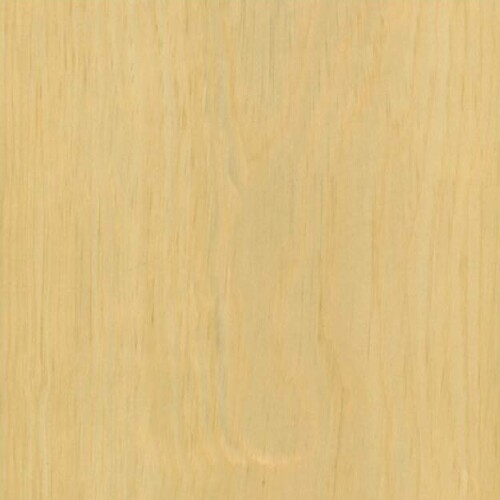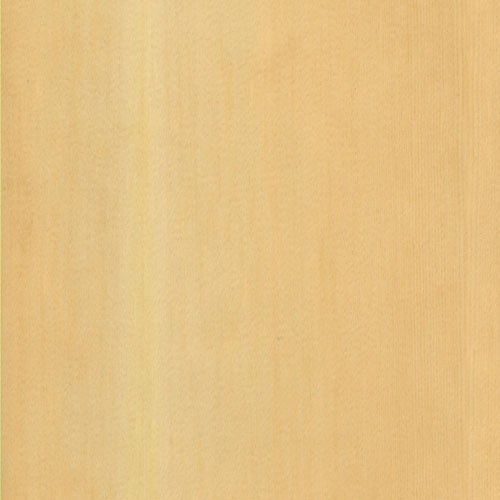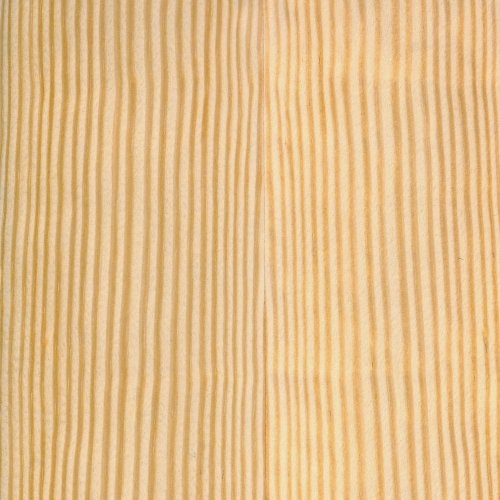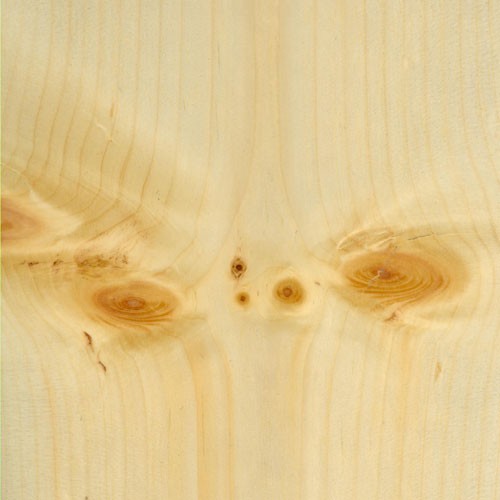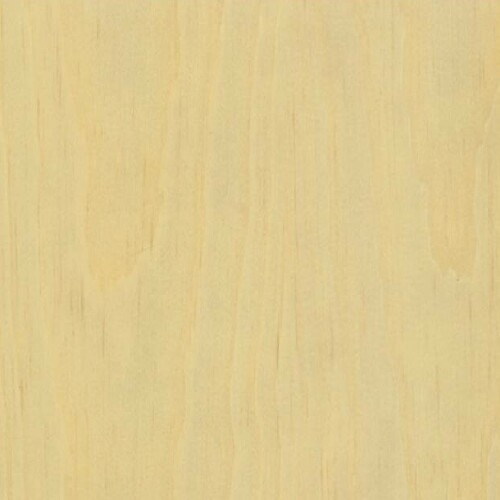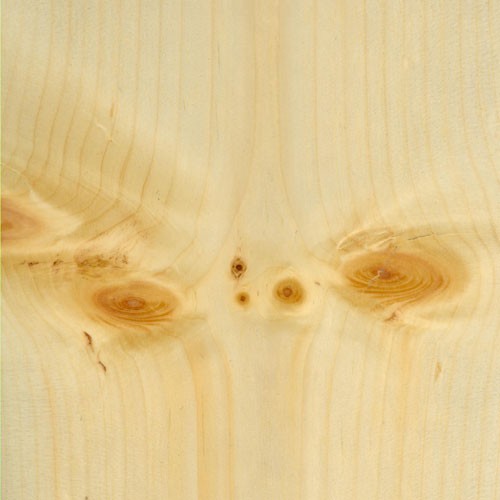Longleaf Pine
[Pinus palustris]
An evergreen conifer that earns its name from having the longest, needlelike leaves – typically up to 18 inches – the Longleaf Pine is the strongest, tallest, and most fire-resistant of the four major species making up the “Southern Pines.”
Historically native from Virginia to Florida and west to east Texas, the Longleaf Pine is also a hard, dense wood, possessing an excellent strength-to-weight ratio. Which, for centuries, made it one of the most sought-after woods in North America — unfortunately, to its detriment.
Originally populating an estimated 90 million acres in the Southeastern United States, the species now covers less than 3% of its original range. It was once so abundant, it seemed an inexhaustible resource to early settlers, who logged the trees for shipbuilding and railroads, while also clearing them to make space for development and agriculture. By the 1920s, most naturally growing Longleaf Pines were gone. And today there’s very limited harvesting of old growth trees — almost all contemporary material is now sourced from managed tree plantations.
Thankfully, restoration of the Longleaf Pine has become a major conservation priority. Not just for their superlative lumber qualities, but because they’re more resilient to the negative impacts of climate change than other Southern Pines, and they capture carbon pollution from the atmosphere.
Predominantly yellowish white in color, the heartwood of Longleaf Pine is reddish brown. Its grain is straight, with fine to medium texture.
A remarkable wood for many practical uses, Longleaf Pine also makes a smart, affordable choice for pleasantly clean wood veneer, architectural plywood, flooring, and cabinetry.
Species Distribution:
Eastern United States
Southeastern United States
Virginia
Florida
Louisiana
Texas
Common / Alternative Names:
Longleaf Pine
Fat Pine
Heart Pine
Janka Hardness:
870 lbf
Sustainability Status:
CITES Appendices: Not listed
IUCN Red List of Threatened Species: Listed as vulnerable due to a population reduction of over 20% in the past three generations, caused by a decline in its natural range, and exploitation.
Related Species:
Austrian Pine (Pinus nigra)
Caribbean Pine (Pinus caribaea)
Eastern White Pine (Pinus strobus)
Jack Pine (Pinus banksiana)
Jeffrey Pine (Pinus jeffreyi)
Khasi Pine (Pinus kesiya)
Limber Pine (Pinus flexilis)
Loblolly Pine (Pinus taeda)
Lodgepole Pine (Pinus contorta)
Maritime Pine (Pinus pinaster)
Ocote Pine (Pinus oocarpa)
Patula Pine (Pinus patula)
Pinyon Pine (Pinus edulis)
Pitch Pine (Pinus rigida)
Pond Pine (Pinus serotina)
Ponderosa Pine (Pinus ponderosa)
Radiata Pine (Pinus radiata)
Red Pine (Pinus resinosa)
Sand Pine (Pinus clausa)
Scots Pine (Pinus sylvestris)
Shortleaf Pine (Pinus echinata)
Slash Pine (Pinus elliottii)
Spruce Pine (Pinus glabra)
Sugar Pine (Pinus lambertiana)
Sumatran Pine (Pinus merkusii)
Table Mountain Pine (Pinus pungens)
Western White Pine (Pinus monticola)
Virginia Pine (Pinus virginiana)



